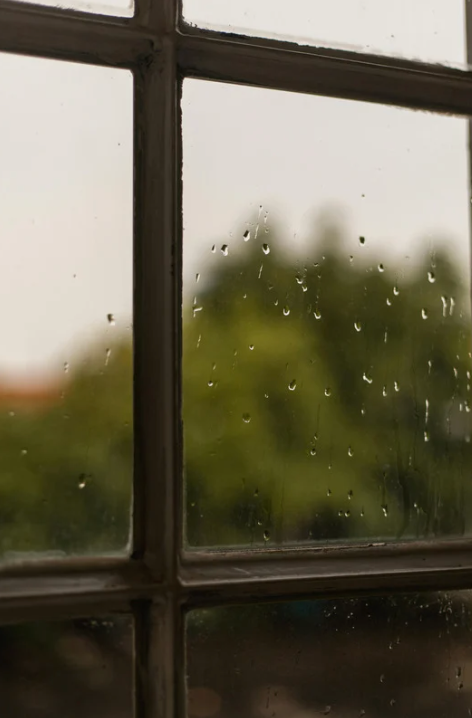Backflow Compliance Tips for Homeowners in San Diego
- Lawson House
- Jun 5
- 4 min read
In San Diego, keeping your drinking water safe means more than just turning on the tap.
The City of San Diego Public Utilities Department has strict rules to prevent contaminated water from flowing back into the drinking water system. This is where backflow preventers come in.
A backflow preventer is a device that keeps dirty water from mixing with clean drinking water. If you have a 1.5-inch or larger water meter, you’re required to have one. This applies to multi-family homes, commercial properties, and irrigation systems.
One other thing: it also needs to be tested every year by a certified tester.
In this article, we’ll explain where backflow preventers should be installed, what systems need them, and how to stay compliant with San Diego’s regulations. Following these tips can help you avoid penalties and keep your water safe.
Where Should a Backflow Preventer Be Installed?
Backflow preventers must be installed in specific locations to effectively protect the water supply from contamination. San Diego’s Public Utilities Department has clear guidelines for placement:
Install the device close to the main water meter to protect the public water supply from contaminants entering through plumbing systems.
Place the preventer at the connection point for irrigation systems. This keeps fertilizers, pesticides, and stagnant water from flowing backward.
Fire sprinkler systems require backflow preventers to stop stagnant water in sprinkler lines from mixing with drinking water.
Pools, spas, and fountains need preventers where water enters the system. This prevents chemically treated water from flowing back into clean water lines.
Solar heating systems should have preventers installed at the main water line connection, especially if they use treated water or antifreeze.
San Diego requires all backflow preventers to be installed above ground. This allows for easy inspection and maintenance and ensures accessibility for testing and repairs.
When Were Backflow Preventers Required?
San Diego’s residential backflow preventer requirements have evolved over the years to protect the public water supply from contamination.
In 1974, the Safe Drinking Water Act established federal standards for public water systems, including guidelines for preventing backflow.
In 1987, California adopted stricter plumbing codes that included rules for backflow prevention devices in residential and commercial properties.
In 2004, San Diego launched its Cross-Connection Control Program, setting testing and maintenance schedules for backflow devices.
In 2016, the city increased enforcement, raising fines for non-compliance and requiring annual testing for all backflow prevention devices.
Today, San Diego’s Public Utilities Department continues to enforce these regulations, sending notices to property owners who need to install, test, or repair backflow preventers. They have also updated the requirements for properties with 1.5-inch or larger water meters, making backflow preventers mandatory at each meter. Non-compliance can lead to fines, water shutoffs, and legal action.
Backflow Compliance Tips for San Diego Homeowners
Homeowners (and business owners alike) in San Diego play a key role in maintaining backflow compliance to keep the drinking water supply safe.
Here are some essential compliance tips:
Schedule annual tests without delay. San Diego requires yearly testing for backflow preventers by certified testers. Missing a test can lead to penalties and potential water shutoffs. Set a reminder or sign up for automatic testing to stay on schedule.
Keep thorough records of all tests and repairs. Maintain a file that includes test reports, repair receipts, and communications with your tester. The Public Utilities Department may request these records to verify compliance.
Check for updates to local regulations. Backflow rules can change based on updates to state and federal guidelines. Visit the Public Utilities Department page or contact the Cross-Connection Control Program (858-292-6329 or via crossconnect@sandiego.gov) to stay informed about new requirements.
Hire certified testers for accurate reporting. San Diego only accepts test results from certified testers listed on the approved tester list. Working with a licensed tester ensures accurate testing and proper reporting to the city.
Maintain clear access to backflow devices. Keep the area around the preventer clear of debris, plants, and other obstructions. This allows technicians to easily access the device for testing, repairs, and inspections.
Check for proper clearance and installation height. Backflow preventers must be installed above ground and at a specific height to prevent flooding and allow for easy maintenance. Verify that your device meets San Diego’s requirements to avoid compliance issues.
Can I Install My Own Backflow Preventer?
No. In San Diego, backflow preventer installation must be done by a licensed, certified professional.
DIY installations can easily go wrong. If the preventer isn’t installed at the correct height or in the proper location, it might not function correctly. This could allow contaminated water to flow back into the drinking water system.
Unapproved installations can also lead to fines or citations, especially if the city’s Public Utilities Department discovers that the work was not done by a certified tester.
Stay Compliant and Protect Your Water Supply
San Diego’s strict residential backflow preventer requirements are in place to protect drinking water and keep communities safe. If your property has a backflow preventer, staying on top of testing and maintenance is essential. Missing a test can lead to fines, service disruptions, and potential health risks.
San Diego Backflow Testing is a trusted, family-owned business that handles everything from testing and repairs to new installations. When you call, you’ll speak directly with Adam or Jen. No middlemen, no confusion. They handle the paperwork, submit the test results to the city, and keep your system compliant year-round.
Take action now to avoid fines and protect your water supply. Upload your test form to schedule a test or call 877-363-8378 to speak with Adam or Jen. Staying compliant has never been easier!




Comments